In August 2016, Nick Dreyer packed up his failing art dealership in Johannesburg and decided to head back to his native Cape Town. To pass the time on the long drive home, he called his old school buddy Ross Zondagh, who just happened to be going through business struggles of his own. Over the course of the next five hours, the friends chatted about everything from the Springboks’ dismal performances on the rugby field that year (how times have changed), to the opening ceremony of the Rio Olympics, which had taken place a couple of weeks earlier.
“We were both really disappointed by the outfits our athletes were wearing,” Zondagh tells Al Jazeera on a visit to a repurposed fish factory near Cape Town’s port precinct. “The Nigerians felt Nigerian, the Americans felt American, … but the South Africans could have been from anywhere.”
“We started talking about how we could improve the uniform,” Dreyer says in the duo’s shared office in the vibey headquarters of Veldskoen, the shoe manufacturer that emerged from that conversation between Dreyer and Zondagh. The office features plush armchairs, an orange mountain bike and a pile of timber in the corner.
It’s clear that the founders, who are both 47 (“but we feel 67!” Zondagh says) genuinely get along. Zondagh, who wears flip-flops and sports a scraggly beard, does most of the chatting while Dreyer – tall with neatly ironed jeans – chimes in occasionally to add more detail: “Our country’s just this fantastic melting pot of people and cultures and languages, … but our Olympians were wearing boring old tracksuits.”
After discussing how they could improve the athletes’ headwear (a Zulu umqhele, perhaps?) and clothing (you can’t go wrong with a Madiba shirt), they got onto footwear. “The obvious choice was veldskoen,” Zondagh says of a basic leather “field” or walking shoe often worn by men in rural areas. “But it wasn’t remotely cool.”
About 1,500 years ago, the Khoi and San people first made shoes from a single piece of leather hide. This design was honed by Dutch settlers with the first reference to “veldschoen” dating back to 1676 and Reverend Johann Gottlieb Leipoldt opening the first commercial factory in Wuppertal in 1834. Veldskoen’s Heritage range is based on Leipoldt’s original design: The shoes employ a sturdy stitch-down construction with the leather upper being stitched directly onto an insole board, which is then glued to the rubber outsole. The upper is designed for durability, and the outsole can be replaced for about $20 a pair.
Dreyer had always been interested in design and felt that traditional “vellies”, as they are affectionately known by South Africans, were “ugly”. He suggested mixing things up by adding brightly coloured soles and laces. He asked a friend with Photoshop skills to create a mock-up. Zondagh, meanwhile, got hold of his lawyer dad to ask about the possibility of trademarking the name Veldskoen. (Zondagh senior gave them little chance, but about eight months later, they secured the trademark.)
A couple of days later, the friends got to work on an online shop. After their kids had gone to bed each evening, they would connect via Skype and spend a few hours trying to teach themselves how to build a website. “It wasn’t really about the shoe,” Zondagh remembers. “We were just keen to find out whether we could sell something – anything – online.”
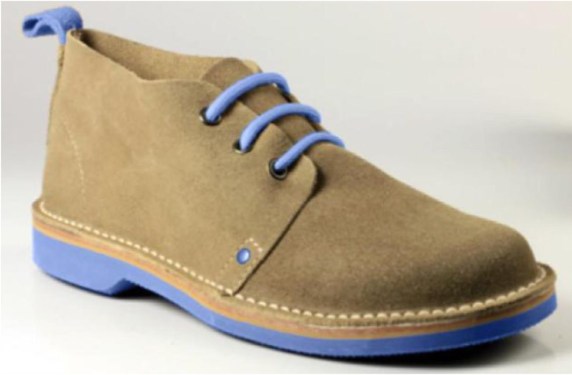
‘There’s money in my bank account’
Within about three weeks, they had a “really crappy” website, they say, to show for their efforts. The only item in the shop? The hastily Photoshopped mock-up they had been sent on Day 1. “It was rubbish,” Dreyer laughs. “But we were just playing around. No one was going to actually look at the site.”
Next, Dreyer started to tinker with Facebook marketing – a relatively unexplored medium back then. He quickly put together an ad with the tagline “The Legend Is Back” and, without even telling Zondagh, made it live. “There was no way anyone was going to care,” he says. “We didn’t even have a shoe.”
Imagine his shock when, about 10 days later, an agitated Zondagh called him. “Nick, there’s money in my account!” he gasped. “Seventy-five grand [$4,300]!” Unbeknownst to them, Dreyer’s Facebook campaign had driven 120 people from all over South Africa to access the online shop and buy their imaginary shoes.
Their initial response was panic. They took the website down and tried to find someone to make the shoes for them. “Everyone we spoke to told us to go to China,” Zondagh says. “But we were never going to do that. It’s a South African product. It has to be made in South Africa.” Eventually they found a Cape Town shoemaker who agreed to help them out. “We contacted everyone who’d bought shoes and said, ‘Sorry, we made a mistake. Our site wasn’t meant to be live,’” Dreyer remembers. They warned each customer that they’d have to wait from three to eight months for their shoes, but only 15 percent of them asked for a refund.
“That was the moment we knew we had a business,” Zondagh says. “Instant validation.”
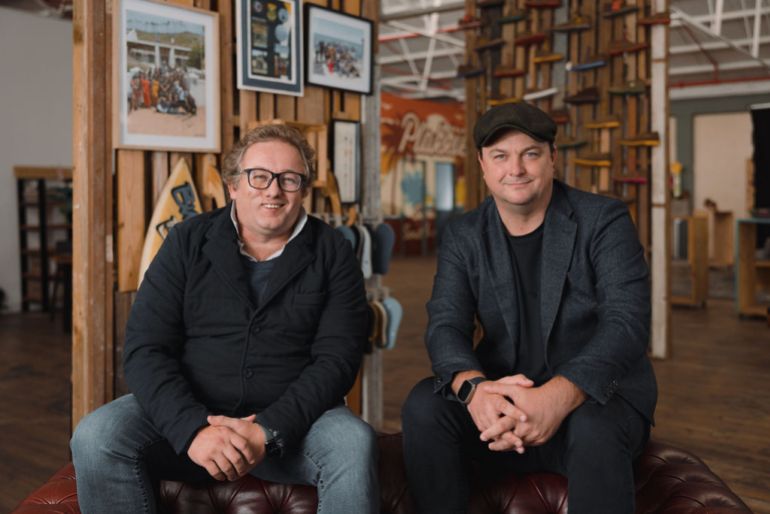
‘Local leather, local glues, local rubber’
Once they had sent shoes off to those first customers, Dreyer and Zondagh started looking for a long-term manufacturing solution. As part of this quest, they met Voden Wearne, a 20-year veteran of the leather industry.
“Ross was a plumber and Nick was an events coordinator,” Wearne recalls. “They knew nothing about shoes. But I was struck by their energy.” Back then, he explains, the local shoe industry was in the doldrums: The shoes being produced were uninspiring (“just black and brown shoes”) and competition from China and India was forcing many South African factories to close.
Excited by their passion, Wearne introduced the entrepreneurs to Mohammed Shaikh of Hopewell Footwear, a family-owned factory based in Durban. Now, six years later, Hopewell manufactures 3,000 to 8,000 pairs of Veldskoen every month (sales fluctuate considerably) and they’ve become an integral part of the business. The price of their Heritage range: $60 a pair.
Wearne, who is now employed by Hopewell, works closely with Dreyer and Zondagh on the design of every shoe. (The company now offers a wide range of styles that includes golf shoes, Chelsea boots and sandals.) “We call him our shoe dog,” Zondagh laughs.
“It’s a great relationship. They still know nothing about shoes,” Wearne laughs. “But they know a helluva lot about marketing and networking. It’s a team effort, and it’s always felt like that.”
Another thing that unites the trio is their shared passion for uplifting the South African economy. “We use local leather, local glues, local rubber,” Wearne says. “… We only import something when we simply cannot get it here.”
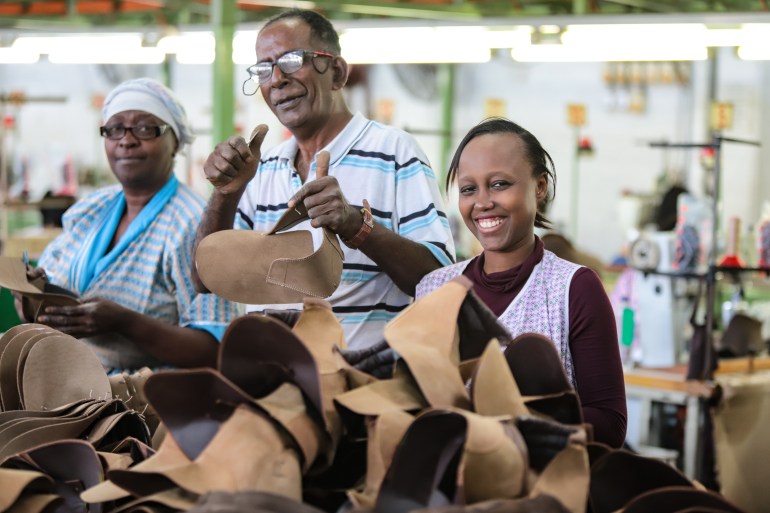
‘Veldskoen will never be made overseas’
In just eight years, Veldskoen has grown to become a household name in South Africa and a niche hit abroad. In 2021, the shoes shot to national attention when the South African Olympic and Paralympic teams wore Veldskoen to the opening ceremony of the Tokyo Games. “That was a real full-circle moment,” Zondagh says.
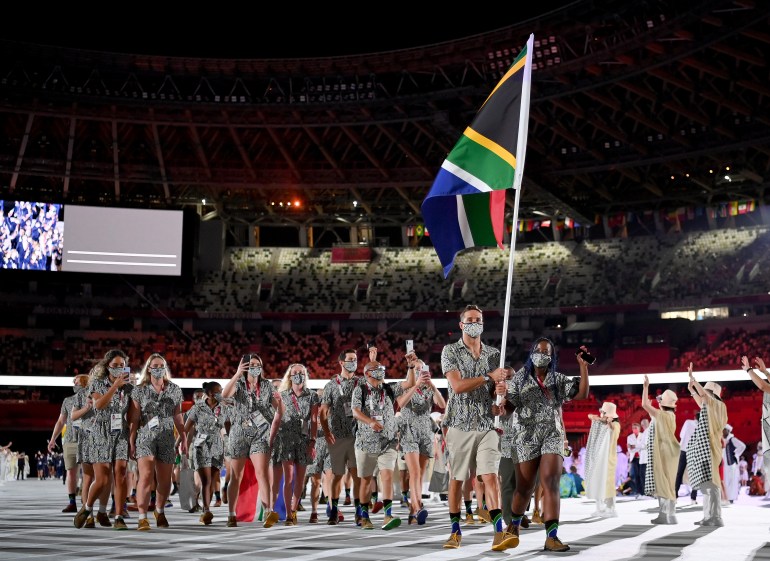
What’s more, celebrities such as actor Matthew McConaughey, Prince Harry and supermodel Adriana Lima have all been seen wearing them – some repeatedly. Actor Ashton Kutcher was so impressed by them that he teamed up with businessman Mark Cuban (and Veldskoen) in 2018 to open a United States distributor.
While the founders are, understandably, thrilled with this free and unsolicited exposure, Zondagh says it’s never been their primary goal: “Our biggest marketing comes from South Africans. … I’d rather have my shoes on your feet than on Prince Harry’s,” he says, pointing at my well-worn size 10s.
In total, Veldskoen has sold about 1 million pairs of shoes, about half of them to women — traditionally veldskoen were only worn by men — in urban and rural areas and to all races and language groups.
The shoes have poignant and deeply South African names. The yellow-soled Heritage Vilakazi is named after Vilakazi Street in Soweto, the only road in the world to spawn two Nobel Prize winners (Nelson Mandela and Desmond Tutu). Other names include blue-soled J-Bay (after the world-famous wave on the country’s east coast) and the hot pink Hadeda: “We thought it would be fun to name our loudest shoe after the country’s loudest bird,” Zondagh laughs.
The company directly employs 36 people – its lean corporate structure is one of the reasons for its success – and indirectly a further 900 people rely on it for at least some of their income. As Wearne explains, having Veldskoen as a client has not resulted in Hopewell growing, but it has given the factory a much more stable and sustainable year-round income source.
While many companies give the impression of wanting to support the local economy, most will outsource manufacturing if the numbers make sense. Not Dreyer and Zondagh. “That is a nonnegotiable. You can hold us to that. Veldskoen will never be made overseas,” Zondagh insists. “As long as me and Nick are here, that is not changing.”
“We could do it cheaper in China,” Dreyer adds. “But we will never do that. To us, it’s almost like champagne. Veldskoen has to be from SA. The people who own Veldskoen are South African.”
That’s why, he explains, they will never enforce their trademark on people using the name “veldskoen” to sell shoes made in South Africa. “We didn’t come up with veldskoen. It’s always been here. We added the flag and the coloured soles and laces.”
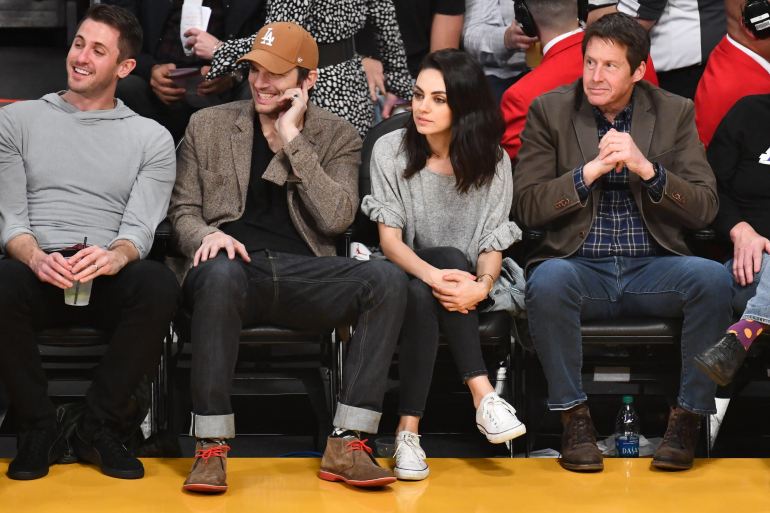
Paying it forward
Veldskoen is still a fairly young company, but already Dreyer and Zondagh are looking for ways to uplift other South African businesses. Their attempts to revitalise Leipoldt’s shoe factory in Wuppertal have, they admit, been somewhat frustrating. It all started when Dreyer and his family visited the remote hamlet in March 2022. “We went to see the flowers, and I wanted to visit the spiritual home of veldskoen,” he explains. What Dreyer didn’t realise was that the factory had been forced to close after a fire devastated the community in 2018. The following Monday, Dreyer and Zondagh reached out to the Moravian Church — the mission, established by Leipoldt almost two centuries ago, is still the lifeblood of the town — and they’ve been working with the community ever since.
“We thought we just had to get a factory going and use our networks to sell shoes,” Zondagh says. “But it hasn’t proved as simple as that.” The town’s location beyond cellphone networks and supply chains is a major challenge as is the severe skills shortage: Most of the experienced artisans have left town, many to a thriving shoe factory a couple of hours away. While the pair have scaled down their ambitions – the factory is functional and shoes are being produced, just not in great quantities – they have also committed to the project. “I envisage it being more of a museum experience,” Dreyer says. “It will work eventually. Time and patience are two things we’ve got.”
Their work with the national and regional governments, business chambers and individual entrepreneurs has been more instantly rewarding. One such entrepreneur is Ghia Nadel, a veteran manufacturer of corporate gifts who was inspired by the Veldskoen story to launch her own funky bag brand, Sak.Sak. “Sak” is the Afrikaans word for “bag”.
Nadel says she would never have started Sak.Sak if she hadn’t watched a YouTube interview with Dreyer. The trio have subsequently met a few times through a mutual acquaintance and struck up a WhatsApp friendship. Nadel says Dreyer often steps in to quell the doubts she has about her brand – some of the Afrikaans product names are rather edgy: “Nick has taught me to be ‘comfortable about being uncomfortable’. He always tells me, ‘Do what you feel is right. It’s a cool brand.’”
Sak.Sak launched in February but already it has allowed Nadel to employ four more people and is “carrying my other business” through the quiet months. The future looks even brighter for Nadel: Veldskoen and Sak.Sak are currently working on a product collaboration.
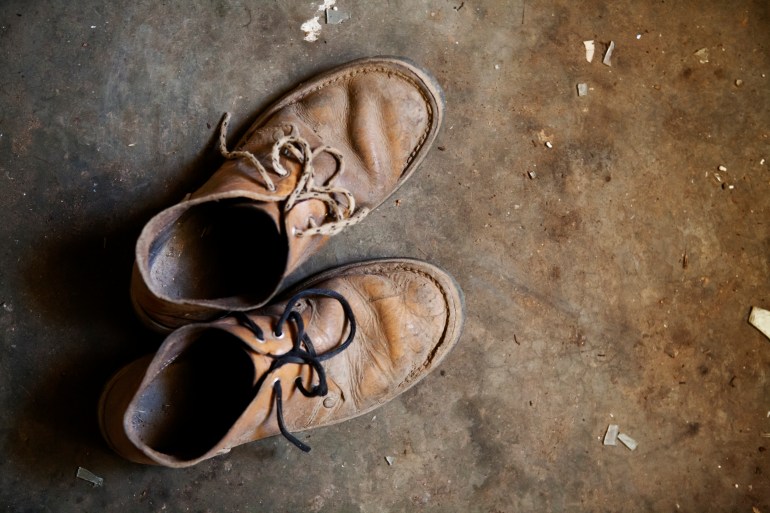
What’s next?
Dreyer and Zondagh’s main focus at the moment is expanding the brand’s footprint (pun unavoidable) stateside. While they have already made some inroads through the partnership with Kutcher and Cuban, they have now regained full control of their American operation and are focusing their attention on an area they call the “southeastern bucket” of the US. They’ve chosen this area — Georgia in particular — due to its many cultural similarities with South Africa.
Dreyer explains that both Georgia and South Africa share a similar approach to hospitality, histories of racial tensions and social change, a passion for sports as a way of uniting diverse communities and an enthusiasm for barbecue (known as braai or chisa nyama in South Africa).
The state is also attractive from a sales perspective: “When you compare economies, the state of Georgia is seven times bigger than South Africa. The city of Atlanta alone could be huge for us,” Dreyer adds.
While it’s still early days (simply moving their US headquarters from Los Angeles to Atlanta has taken a year of paperwork) they have plans to rapidly expand their US business in 2025.
Hookups with NASCAR, the National Association for Stock Car Auto Racing, and the Atlanta Business Council make them optimistic about their prospects. But “the aim is not to just grow the business,” Zondagh says. “It’s also to tell positive South African stories. We’re trying to facilitate opportunities not just for ourselves but for anyone else who wants to come along.”
Their other big plan? They are currently in the talking stages with Team South Africa regarding outfits for the opening and closing ceremonies of the 2028 Olympics in Los Angeles. “We’re going to pull out all the stops for that one,” Dreyer says.
![Veldskoen shoes [Courtesy of Veldskoen]](https://www.occasionaldigest.com/wp-content/uploads/2024/12/veldskoenshoes-1731962278.jpg)